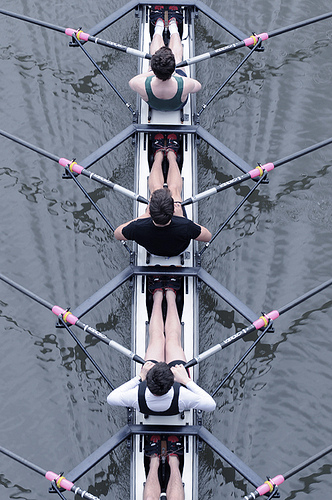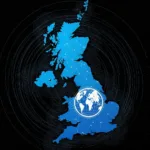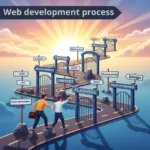
Before starting on the design process, you should have a well defined brief and understand the scope of the job. Without these, your project may end up with higher costs and delay because your expectations differ to those of your client. Now you are ready to evolve your ideas into some concepts to present to your client. For now, you are not actually building the site; you are designing concepts to a pre-construction stage that can be presented to and agreed by your client.
The brief may have given you a number of ideas for how to design the site and this stage is intended to consider these ideas, present the best to your client and identify the preferred option. But before you can do that you need to get answers to a few more questions and test your ideas against them.
Some things a web designer should consider:
Users
You need to test your ideas against what users will expect to see. The users of the site are of absolute importance – if you put your navigation system at the bottom of the page, for example, is this what users will expect? Where will they expect to see the logo? There are a number of conventions that users will expect and you should consider these carefully before you decide to go against them.
You also need to consider user-specified items that should appear on the site, such as login widgets, video, interactive elements, forms, etc. How and where will these appear? How important are they for functionality, usability and ‘stickiness’ — the ability to keep users on the site. Create a hierarchy of these objects.
Functionality
Really this is a subsection of Users because it describes how users interact with the site and whether it provides the functionality they expect in the places where they expect to find it. Do users have to search through 20 pages of description to get to the ‘buy me’ button? If they do, it ain’t functionin’! This is about making it easy for people to do what they want to do on the site. Functionality, to some extent, also covers speed: how quickly does the page load, how many server calls are made to load the page, does the JavaScript slow the page down?, and also how quickly can a user skim the content to find the piece that they want to read (is the typography helpful or a hindrance, is the structure of the page suitable to the content…)?
Accessibility
This is another important feature of any site and one that you should start designing into the site from the first drawing. In this sense, accessibility is about the colours you use — do they provide sufficient contrast? — The fonts you use, — are they easily legible? Is the content going to be overshadowed by that great picture you want to use? Are the link methods you are planning to use accessible? Have you structured content correctly, — is data stored in a table and is the table accessible?
The fundamentals of these questions will be put into practice when you start building the site. Creating the foundation of that best practice now, will make life a lot easier further down the line.
Plan the site
You should also have a clear idea of the content that will appear on the site, how pages will fit together — which page will link to which? This will help you to develop your site structure and the overall site map. This is essential for a large site but is also really useful for a small site and will help you to start structuring your Search Engine Optimisation as a core part of the page design.
Do you want to see my sketches?
Before you start anything electronically, you should use pen and paper to sketch your ideas. This gives you the opportunity to see how they look, modify them and hone them without spending hours getting Fireworks, Photoshop, Illustrator, etc. displaying what you intended and finding it doesn’t work. It also gives you some rough concepts to present to your client and seek feedback. You should only start committing them to electronic form when you have some clear ideas on paper.
Sketching a design allows you to play with where elements of a page should go to maximise visitors’ attention and optimise use of the hotspots on the page. It also allows you to ensure that visual elements work together.
What do you get out of following a design process?
There are very clear benefits to working through a design process (no matter how basic). It gives you a structure to work to and elements on which to focus; so, rather than jumping in and getting it wrong, you are able to concentrate on making the design achieve the results it expects before dedicating time and your client’s money to a concept that simply won’t work. Furthermore, it will help you to explain your design process to your client.
At the end of this stage you should be presenting your final mock-ups to your client for approval and to decide on which design to follow. This is much easier if you are able to describe the process you have followed and explain the reason you have made the decisions you have made.
The next stage in the five step project management cycle is construction. If you have developed your design well, you should have:
- A site structure and site map
- An understanding of the back-end data structure
- An agreed design to carry forward
- An understanding of what content will be required




